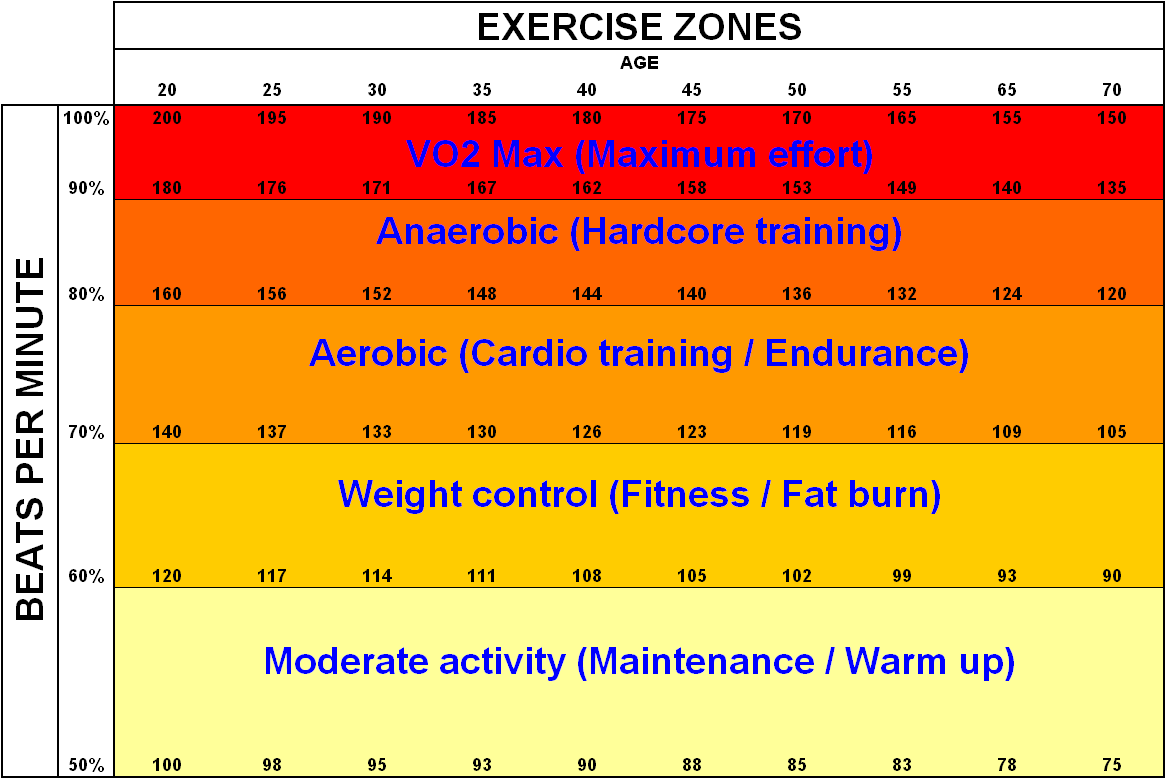Tailoring Your Workout:
In the pursuit of lifelong health and fitness, it’s essential to recognize that our exercise needs evolve as we age. Whether you’re a young adult aiming to build strength and endurance, a middle-aged individual juggling career and family responsibilities, or an older adult seeking to maintain independence and vitality, your workout routine should be tailored to your age and stage of life. In this comprehensive guide, we’ll explore age-appropriate fitness guidelines to help you stay active, healthy, and strong throughout every stage of adulthood.

- Young Adults (18-35):
Young adulthood is a time of energy, vitality, and exploration. As you navigate the demands of work, social life, and personal development, maintaining a consistent exercise routine can lay the foundation for lifelong health and fitness. Here’s how to optimize your workouts in your 20s and 30s:
Healthy Exercise Program: Young adults should aim for a well-rounded regimen that includes cardiovascular, flexibility, and strength training. This technique improves strength, flexibility, endurance, and general fitness while reducing the risk of injury.
High-Intensity Interval Training (HIIT): HIIT exercises are particularly beneficial for young adults due to their rapid and effective calorie burning and enhancement of cardiovascular health. High-intensity interval training (HIIT), which alternates between brief bursts of intense exercise and brief recovery intervals, is suitable for persons with busy schedules.
Strength Training: Prioritize strength training to increase muscular mass and strength. Squats, deadlifts, and bench presses are examples of compound exercises that work multiple muscular groups at the same time, boosting functional strength and body composition.
Flexibility and Mobility: Practice flexibility exercises such as yoga or dynamic stretching to preserve mobility and range of motion, hence reducing injuries and boosting performance in other activities.
Rest and Recovery: To avoid overtraining and burnout, give yourself enough time to rest and recuperate between sessions, focusing on quality sleep, water, and listening to your body.
Middle-Aged Adults (36-55): Middle age brings a myriad of responsibilities and challenges, but it’s also a critical time to prioritize fitness and well-being. Here’s how to adapt your workout routine in your late 30s to mid-50s:
Mix of Cardiovascular and Strength Training: Continue to include cardiovascular exercise and strength training in your routine. Cardiovascular activities like jogging, cycling, or swimming maintain heart health and manage weight, while strength training preserves muscle mass, bone density, and metabolic rate.
- Posture and Alignment: Counteract the effects of prolonged sitting and sedentary lifestyles by paying attention to posture and alignment during exercise. Strengthen the core and improve posture with exercises like planks and rows.
- Joint Health: Incorporate activities like yoga, Pilates, or low-impact exercises such as swimming to promote joint health and flexibility, reducing the risk of age-related joint issues.
- Recovery and Injury Prevention: Prioritize warm-up and cool-down routines, and listen to your body’s signals to avoid overuse injuries. Gradually progress workouts and modify exercises as needed to accommodate any existing injuries or limitations.
Older Adults (55+): As we enter our golden years, maintaining mobility, independence, and quality of life becomes increasingly important. Here’s how to stay active and healthy in your 60s, 70s, and beyond:
Balance and Stability: To lower the risk of falls and preserve independence, give priority to exercises that enhance balance, coordination, and stability. Proprioceptive training, tai chi, and balance exercises are helpful.
Strength Training Using Adjustments: Use lesser weights or resistance bands while maintaining muscle mass, bone density, and functional strength. Pay attention to form to lower the chance of injury. Effective choices include equipment that provide assistance and bodyweight activities.
Joint Health and Flexibility: Maintain flexibility and mobility with gentle stretching exercises and low-impact activities like swimming or water aerobics, which are easier on the joints.
Functional Fitness: Focus on exercises that mimic daily activities, such as squatting, bending, and lifting, to maintain independence. Functional fitness workouts improve strength and mobility in ways that directly translate to everyday tasks.
Regular Physical Activity: Consistency is key, so engage in regular physical activity like walking or gardening. Finding enjoyable activities and incorporating them into a routine can maintain motivation and adherence.
Regardless of age, being active and prioritizing fitness is critical for long-term health and well-being. By adapting your workout regimen to your age and stage of life, you can improve your physical and mental health, keep your independence, and enjoy a good quality of life for years to come. Remember to contact with a healthcare provider before beginning any new fitness regimen, and always pay attention to your body’s signals to avoid injury and burnout. Here’s to a life of health, vitality, and power!
Learn more about health and fitness at : https://dailytrendspot.com/category/health-and-fitness/
